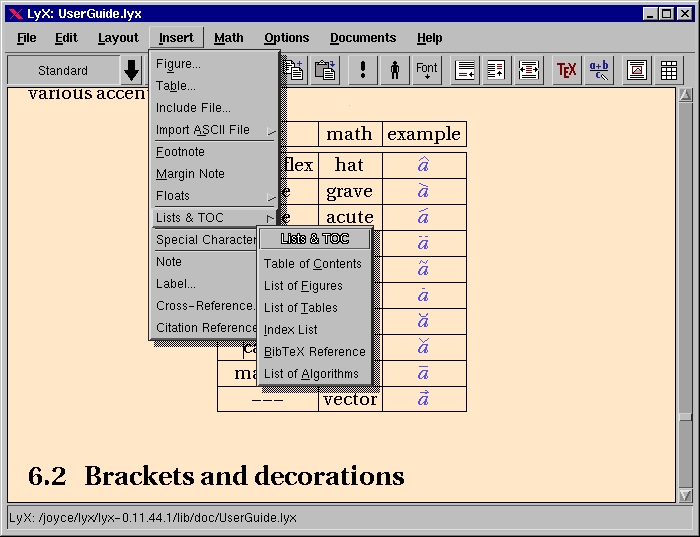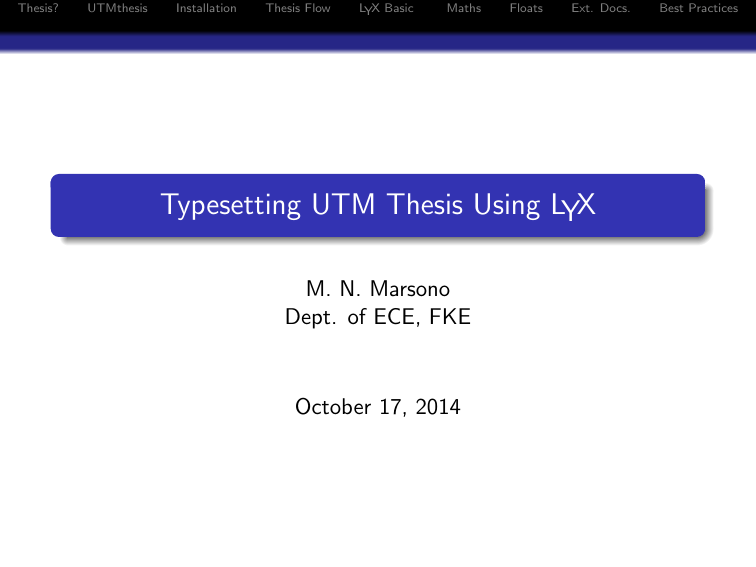
- LYX UPDATE FIGURE REFERENCE PDF
- LYX UPDATE FIGURE REFERENCE INSTALL
- LYX UPDATE FIGURE REFERENCE MANUAL
- LYX UPDATE FIGURE REFERENCE FULL
- LYX UPDATE FIGURE REFERENCE CODE
LYX UPDATE FIGURE REFERENCE INSTALL
If you do need to stay on Windows, install both R and LaTeX (Miktex is good, select the install packages on the fly option) into a location with no spaces in the path (for example, c:\bin rather than c:\Program Files).

There's a guide to sweave from a psychologist also floating around which is also pretty useful.įinally, LaTeX in general works way, way better on either a Mac or Linux (Ubuntu is always nice), and Emacs is much easier to extend on Linux. Googling of error messages will probably sort you out, unless you want to do fancy stuff. There are many Sweave templates floating around the net, get one and start coding. To be honest, I found that the best way to learn LaTeX is to start hacking away at it.
LYX UPDATE FIGURE REFERENCE MANUAL
Sweave manual Emacs for windows with ess and auctex TeX for the impatient I don't tend to use cacheSweave, as I have a morbid fear that I won't be able to replicate my analyses afterwards. The packages I use most for LaTeX is xtable, which suits my needs. I try to keep the same strategy for all my analyses, but that may change if I start doing more Bayesian work (due to the large amounts of computation involved). Thats a last resort though ( this advice shamelessly stolen from andrew gelman). That being said, if you have a computation that takes a really long time, then after you're sure that it works, you could change the sweave chunk to eval=FALSE and then load that object from an Rda file. Rda files are dangerous, as the objects within my not be fully reproducible. I typically call rm(list=ls()) on my R buffer before regenerating a sweave file, just to be sure. I put everything in the sweave file as stated above, to ensure that all the analysis can be rerun. This folder tends to become quite crowded over time, so I normally create a subfolder for my final document and rerun the analysis from there. I normally have one folder per project/paper, and this folder contains all of the input data files, the sweave files and all the output graphics/data files. I keep absolutely everything I've done in the Sweave file (as bitter experience tells me that the one thing you don't put in the file will be what you have a problem with). As stated in my comment, it also makes it much easier to go from interactive analysis in the R buffer (an emacs term) to the Sweave file that I intend to use for my report/thesis/paper. This has the benefits of extremely good documentation, cross-platform support and syntax highlighting for both LaTeX and R within an Rnw file. I use Emacs with Emacs speaks statistics and Auctex for my sweave and latex files.
LYX UPDATE FIGURE REFERENCE CODE
For my money, the interface to Lyx was too much like a word processor and hid the code from me (although I didn't use it for that long, so there may be ways around it). I tried using Lyx, but it confused me, and I actually found plain latex to be much more understandable.
LYX UPDATE FIGURE REFERENCE FULL
I suppose I should probably give a full answer, so here it is. This is a pain that I am enduring again as I do other projects with Org Mode, AUCTeX, and RStudio. You can mix and match whatever figure filetypes you like, and LyX knows which packages to load and conversions to do such that it just works. Rnw file: \documentclassTW: the siren song which initially lured me to LyX was its automatic handling of figures and tables - they couldn't be simpler.

LYX UPDATE FIGURE REFERENCE PDF
I find most journals allow you to upload tables and figures in pdf format.Īnother possibility is to use Rstudio for writing the analysis, you need very few lines of latex-code to produce a sweaveable. I then write my papers in word and include the pdf tables (xtable is excellent) and figures from R into those. What I have resorted to now is to use R (rstudio) for all my analyses with documentation, but simply using that to produce tables and figures. With regards to actual publication, there is also very few journals within my field (psychology) that will accept submissions in tex or pdf - and converting to tex to word is a pain, especially with tables.Ī third issue was with regards to collaboration very few of my colleagues used tex, even fewer used Lyx, and there was no support for installing or maintaining installations by the university meaning people had different versions, missing packages etc.

plain tex) gave me much more flexibility and opportunities. I found it difficult to achieve what I wanted in Lyx - I had to resort to evil red text (pure tex) all the time, and realized that just sticking to evil red text all the time (i.e. adhering to the new APA 6th standard and other journal-specifics, correct formatting of references etc.) and converted to straight tex.

However, I abandoned Lyx due to various problems (e.g. Tal, I also jumped on the Lyx-Swave bandwagon and acutally started off writing my Psychology Masters thesis using Lyx.


 0 kommentar(er)
0 kommentar(er)
